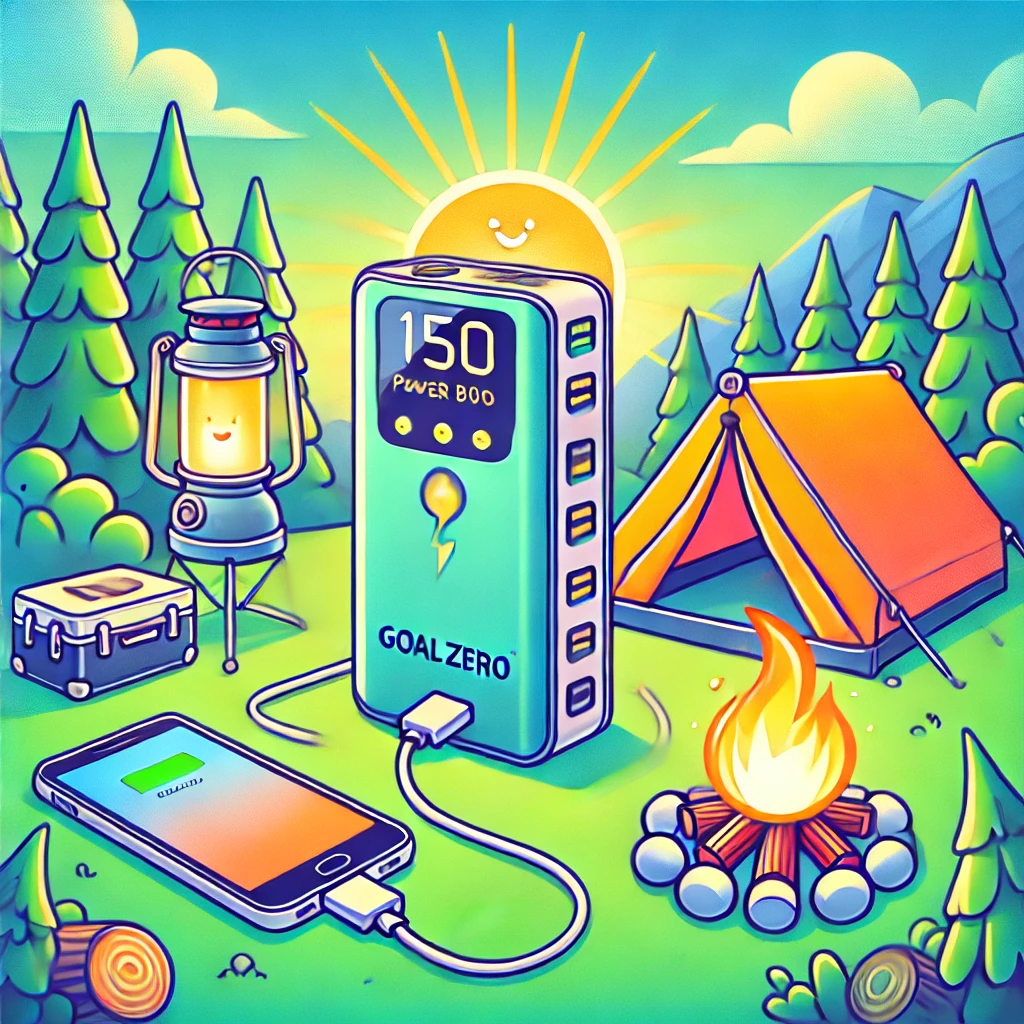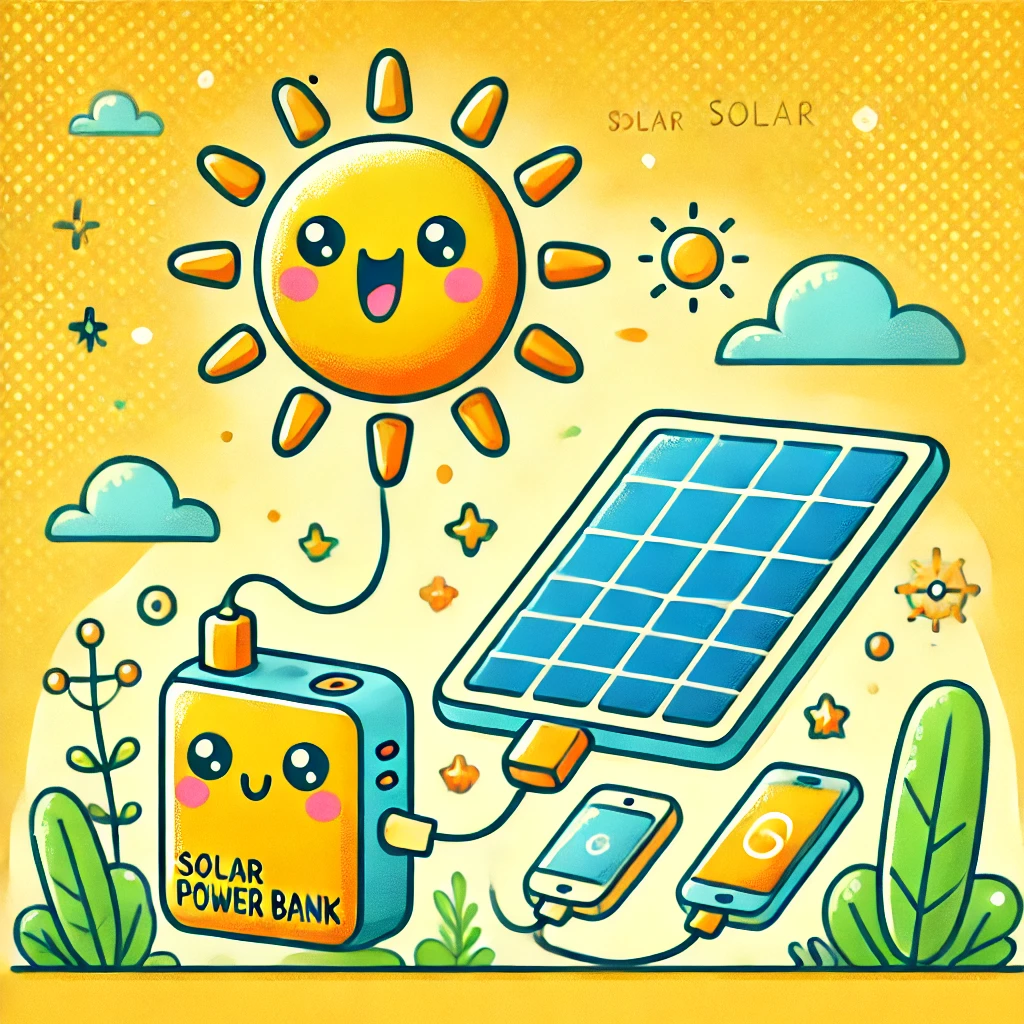In a world where staying connected and powered up is more important than ever, portable power solutions like the Goal Zero Yeti 150 Power Bank have become essential for outdoor enthusiasts, travelers, and emergency preparedness. Compact yet powerful, the Yeti 150 offers a versatile and eco-friendly way to keep your devices charged wherever you go. This comprehensive guide dives into the features, benefits, and practical uses of the Goal Zero Yeti 150, helping you determine if it’s the right power solution for your needs.
What is the Goal Zero Yeti 150 Power Bank?
The Goal Zero Yeti 150 is a portable power station designed to provide reliable energy for small devices and appliances. With its compact design and multiple charging options, it’s an excellent solution for those needing power on the go. Whether you’re camping in the wilderness, working remotely, or preparing for emergencies, the Yeti 150 ensures you have access to the energy you need.
Key Features of the Goal Zero Yeti 150
- Battery Capacity:
The Yeti 150 comes with a 150Wh, 14Ah (12V) sealed lead-acid battery, offering enough power to charge smartphones, tablets, laptops, cameras, and small appliances. - Multiple Charging Options:
Equipped with various output ports, including USB, 12V, and AC outlets, the Yeti 150 allows you to charge multiple devices simultaneously. - Rechargeable via Solar, Wall, or Car:
The power bank can be recharged using Goal Zero’s solar panels (like the Nomad 20), a standard wall outlet, or a car charger, providing flexibility based on your environment. - Compact and Portable Design:
Weighing just 12 pounds and featuring a convenient carrying handle, the Yeti 150 is easy to transport, making it perfect for outdoor activities and travel. - Eco-Friendly Power Solution:
By harnessing solar energy, the Yeti 150 offers a sustainable way to power your devices, reducing reliance on traditional electricity sources. - Built-in Display:
The integrated LCD display shows real-time input and output, battery level, and charging status, helping you manage power usage effectively.
Technical Specifications
- Battery Type: Sealed Lead-Acid AGM
- Battery Capacity: 150Wh (14Ah, 12V)
- Weight: 12 lbs (5.4 kg)
- Dimensions: 7.75 x 6.75 x 5.75 in (19.7 x 17.1 x 14.6 cm)
- Charge Time:
- Wall Charger: 6 hours
- Car Charger: 8 hours
- Solar Panel (Nomad 20): 17-34 hours
- Ports:
- 2x USB Ports (5V, up to 2.1A)
- 1x 12V Port (120W, 10A max)
- 1x AC Inverter (80W continuous, 160W surge)
What Can the Goal Zero Yeti 150 Power?
The Yeti 150 is designed to power a variety of small devices and appliances, making it incredibly versatile for different situations:
- Smartphones: Charge up to 9-12 times.
- Tablets: Charge up to 3-5 times.
- Laptops: Provides one full charge for most laptops.
- Cameras: Recharge camera batteries multiple times.
- LED Lights: Power LED lights for up to 50 hours.
- CPAP Machines: Can run a CPAP machine for a limited time (consult specifications).
Benefits of Using the Goal Zero Yeti 150
- Portability and Convenience:
The compact size and lightweight design make the Yeti 150 easy to carry, ideal for camping, road trips, and outdoor events. - Versatile Power Options:
With multiple ports and charging methods, it accommodates a wide range of devices, from smartphones to small appliances. - Eco-Friendly Energy:
When paired with solar panels, the Yeti 150 offers a sustainable energy solution, reducing your carbon footprint. - Reliable Emergency Backup:
Perfect for emergency preparedness, the Yeti 150 ensures you have power during outages and natural disasters. - Quiet and Fume-Free:
Unlike traditional gas generators, the Yeti 150 operates silently and without emissions, making it safe for indoor use.
Ideal Use Cases for the Goal Zero Yeti 150
- Camping and Outdoor Adventures:
Keep your devices charged while enjoying the great outdoors, from smartphones to portable speakers and lights. - Remote Work:
Power laptops, Wi-Fi hotspots, and other essential devices while working remotely in off-grid locations. - Travel:
Ensure your devices stay charged during road trips, flights, or extended travel adventures. - Emergency Preparedness:
Have a reliable power source ready for emergencies, including natural disasters and power outages. - Home Backup:
Use the Yeti 150 as a backup power source for small household devices during blackouts.
Comparing the Goal Zero Yeti 150 to Other Models
While the Yeti 150 is a fantastic entry-level portable power station, Goal Zero offers other models that might better suit different needs:
- Goal Zero Yeti 200X:
Features a lithium battery, lighter weight, and faster charging times. - Goal Zero Yeti 400:
Offers more capacity for powering larger devices and extended use. - Goal Zero Yeti 500X:
A more powerful option with lithium-ion technology and greater output for demanding devices.
Pros and Cons of the Goal Zero Yeti 150
Pros:
- Compact and portable design
- Multiple charging methods (solar, wall, car)
- Quiet, emission-free operation
- Built-in display for easy monitoring
- Reliable for small devices and emergency backup
Cons:
- Limited capacity for larger devices
- Longer charging times with solar panels
- Heavier than lithium-based models
Tips for Maximizing the Goal Zero Yeti 150’s Performance
- Use Energy-Efficient Devices:
Maximize battery life by using devices with low power consumption. - Charge Before You Need It:
Keep the Yeti 150 fully charged and ready for emergencies. - Pair with Solar Panels:
Use Goal Zero solar panels for sustainable, off-grid power. - Monitor Power Usage:
Use the built-in display to track input and output, preventing overuse. - Store Properly:
Keep the power bank in a cool, dry place and recharge every 3-6 months when not in use.
Conclusion
The Goal Zero Yeti 150 Power Bank is a versatile, eco-friendly solution for anyone needing portable power on the go. Whether you’re an outdoor adventurer, remote worker, or preparing for emergencies, the Yeti 150 offers reliable, sustainable energy in a compact, user-friendly design. While it may not power large appliances, its convenience, multiple charging options, and eco-conscious operation make it an excellent choice for small devices and essential gear.
FAQs
- How long does the Goal Zero Yeti 150 take to charge?
Charging times vary: 6 hours via wall outlet, 8 hours via car charger, and 17-34 hours with a Nomad 20 solar panel. - Can the Yeti 150 power a refrigerator?
No, the Yeti 150 doesn’t have enough capacity to power large appliances like refrigerators. - Is the Yeti 150 safe for indoor use?
Yes, it operates silently and without emissions, making it safe for indoor use. - How long will the Yeti 150 last on a full charge?
It depends on the devices being powered. For example, it can charge a smartphone 9-12 times or run LED lights for up to 50 hours. - Can I use the Yeti 150 while it’s charging?
Yes, the Yeti 150 can charge devices while it’s being recharged, a feature known as pass-through charging.




